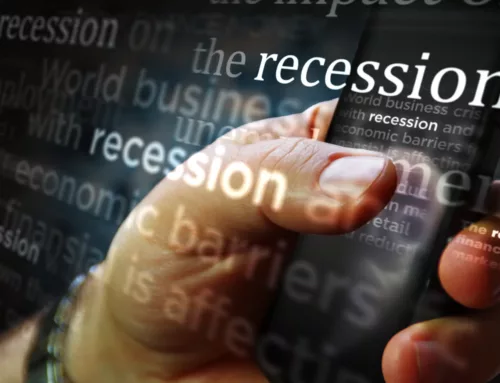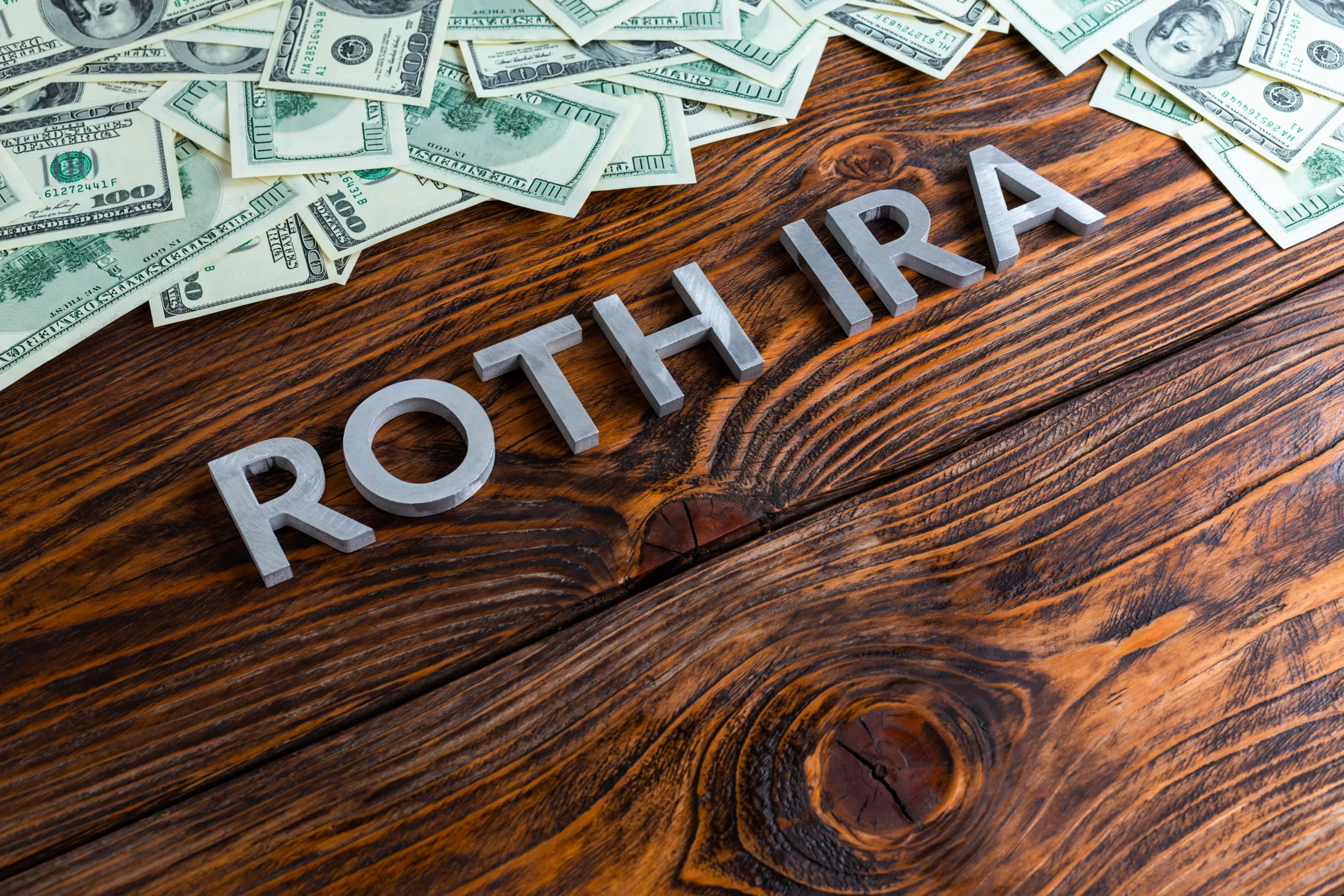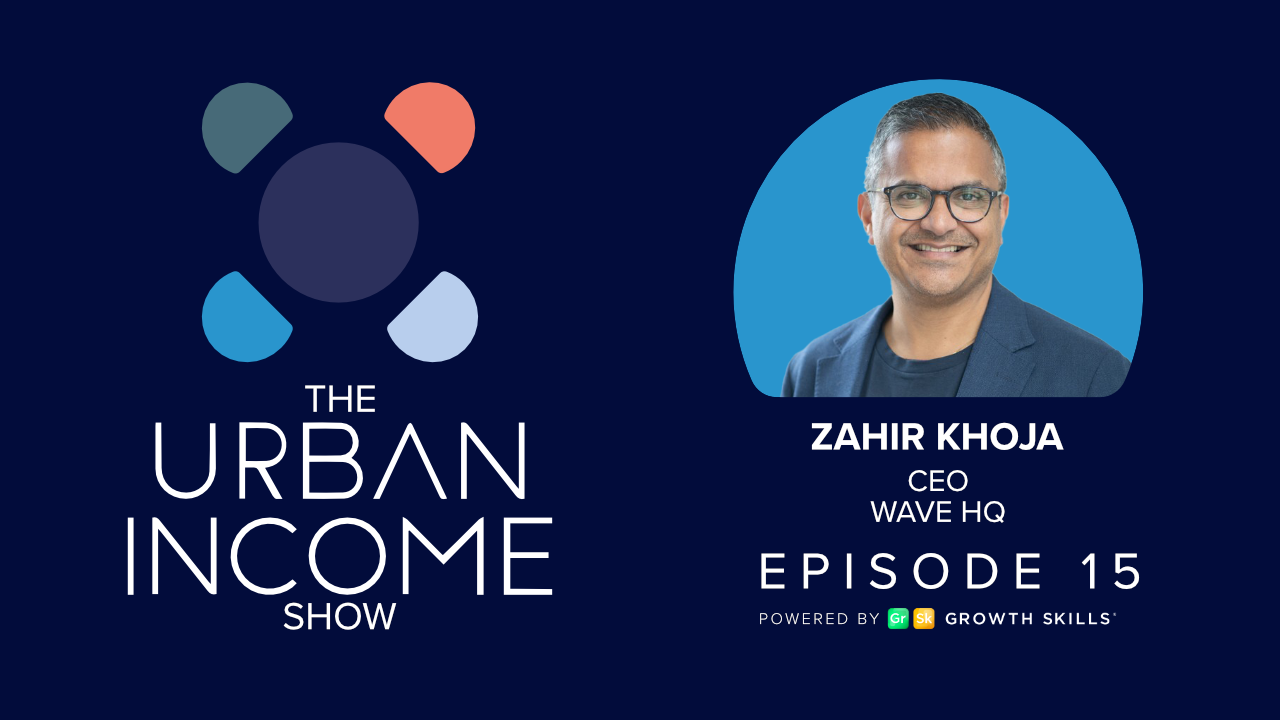What is a Savings Account – Everything You Need to Know About Saving Accounts
There are so many ways to hold onto your money. You can be like my niece and have a piggy bank named Gerald, you can be like my shady next-door neighbor and have a very uncomfortable mattress, or you can put your money in a savings account.
As inflation continues to reach record highs, interest rates climb, and the cost of living keeps going up like a motivated pregnant salmon, we thought it would be a good idea to talk about savings accounts and their pros and cons.
What is a Savings Account?
A savings account is a deposit account designed to hold your money while it pays you interest. Banks and other financial institutions offer savings accounts and pay you interest because they use your money to lend to other people.
A savings account allows you to put your money in a safe place while growing your funds with interest. It is true that you do not make that much money in savings accounts; however, it makes way more money than just putting in a checking account — which usually pays 0% interest.
What is Interest?
In its simplest terms, it’s the cost of borrowing something. Financial institutions will offer you interest when you put your money into a savings account because you are technically lending the bank that money. The interest they offer is shown as an Average Percentage Yield (or APY). Your APY will let you know how much money you should expect to make in a year of holding that money.
For example, let’s say you put $10,000 in a savings account that offers a 1% APY. After a year, you will make $100. Over time, your interest will make interest on itself which is called compounding.
Interest rates in savings accounts constantly change based on the market, and they vary from bank to bank. In general, online banks or FinTechs offer higher interest rates than brick-and-mortar establishments because they cost less to run.
Advantages of a Savings Account
- You earn interest – Currently, America’s high-interest rates are making APYs higher. This is a reliable way to make money, and you will not lose money like you possibly can in crypto, stocks, and commodities.
- Easy to open and access – In just a few minutes, you can set up a savings account online, on the phone, or in person at your local bank, and then you can access that money whenever you want.
- They are secure – Savings accounts that are FDIC insured will cover any losses up to $250,000. So if the bank goes out of business or someone steals your money, you will be reimbursed.
Disadvantages of a Savings Account
- Low-interest rates – They are usually lower than money markets or certificates of deposits (CDs).
- Minimum balance requirements – In many savings accounts, if your balance goes under a certain amount, you will be charged maintenance fees.
- Interest rates change – The rates are not locked in when you start your savings account.
How to Choose the Right Savings Account
Ok, so now you know the ins and outs of a standard savings account. What should you do to select the account that’s right for you? Well, the most important thing is to do your research. Read the fine print and discover all the nuances. For starters, find out what savings account has a competitive APY, is FDIC insured, does not have different “fees” or monthly charges, and does not require a minimum amount before the interest kicks in.
The more you know about your savings account, the better off you’ll be, and you’ll be on your way to saving for the things that matter most in life.








